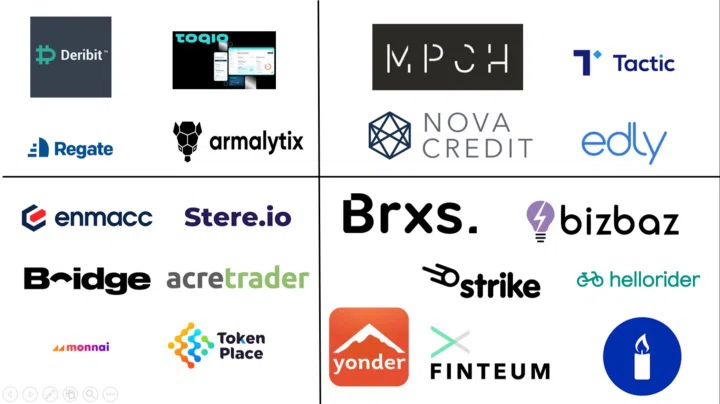Whether it's Anti-Money Laundering (AML) rules, Know Your Customer (KYC) checks, or operating guidelines, financial regulations to ensure the safety and security of the financial system and protect consumers have become more stringent, and compliance more fiercely monitored in recent years.
In 2021, the UK's Financial Conduct Authority handed out £568m worth of fines – three times more than in the previous year. Fines for misuse of WhatsApp in the US have cost banks $1.1 billion. For financial institutions, finding ways to protect themselves from compliance-related fines has become paramount. For many, technology is providing the answer. But what is the role of voice recording? And how has it become crucial to compliance monitoring?
Why do financial institutions need voice recording tech for compliance?
Voice recording has been a mandated part of many electronic communications in the financial industry for years, particularly with the introduction in Europe of MiFID II. It is also used for training, auditing, customer dispute resolution, and responding to compliance requests as quickly and efficiently as possible. It has been used across all levels of the industry, from investment banking to consumer but in the last three years, its deployment has become increasingly necessary.
As the pandemic necessitated more remote working, weaknesses in compliance were identified, making many banks realise the need to adjust their established policies. As working practices have evolved, providing employees with more flexibility, tech has played a greater role in ensuring compliance standards are met, with voice recording front and centre of digital solutions.
What is the role of voice recording in compliance today?
Until relatively recently, the value of voice recording in compliance was limited. Only a small selection of calls – between 3% and 5% – was recorded for random sampling. These calls were then manually listened to by a dedicated team of compliance operatives, who would then flag any issues. It was a time-consuming and costly exercise and although working to the letter of compliance guidelines, it proved largely ineffective. With the introduction of artificial intelligence (AI) and machine learning (ML), the remit and efficiency of voice recording tech have grown significantly.
It starts with volume. Digital tech enables 100% of all customer communications to be recorded, monitored in near real-time, and stored. This is because humans have been removed from the initial part of the equation. Developments in speech recognition technology, Convolutional Neural Networks, and other Deep Learning approaches have facilitated accurate communication between humans and machines. Enabling computers to accurately ‘understand’ and ‘make sense’ of verbal human communication – using Natural Language Processing (NLP) to detect context and emotion – even where varying accents and dialects are involved. And when this is coupled with AI, enabling the system to improve its performance through machine learning, compliance can begin to take care of itself. Not only helping to prevent misselling but helping to protect vulnerable customers by identifying those who may need more support in their choices.
Modern neural networks have the ability to filter out extraneous noise in audio signals, enhancing the accuracy and performance of the technology, and enabling machines to correctly transcribe conversations, avoiding false positives and misidentification.
Lastly, the technology makes voice recordings infinitely searchable. Historically, searching voice recordings has been difficult but with AI, almost limitless volumes of data across multiple channels are not only accessible but searchable, often in real-time, enabling simple compliance monitoring and evidence gathering and the same applies to video data. With advances in biometric technology, you can now search by voice as well as by metadata.
The importance of explainability
While voice recording and AI tech have revolutionised financial services compliance, it’s important to realise that there are still limitations and there are times when automated decisions will be questioned. That’s where explainability comes in. In the UK and EU, it is already a matter of General Data Protection Regulation (GDPR) compliance for businesses to be able to explain how automated decisions were made. Even without that imperative, having the wherewithal to clearly answer challenges – whether from clients, employees, or regulator bodies – can be a major benefit.
The need for regulatory technology (RegTech) is growing concurrently with the greater demands of regulatory compliance and customer protection. Speech technology, AI, and ML have the ability to provide a rounded and cohesive view of customer communications. Automatically gathering data, streamlining processes, and flagging concerns, helping financial institutions to better manage risk and compliance while enhancing customer service.












